Three Technology Trends Gaining Traction in Banking and Investment Services in 2022: Gartner Banks and Investment Firms Will Spend $623 Billion on Technology Products and Services in 2022
By MYBRANDBOOK
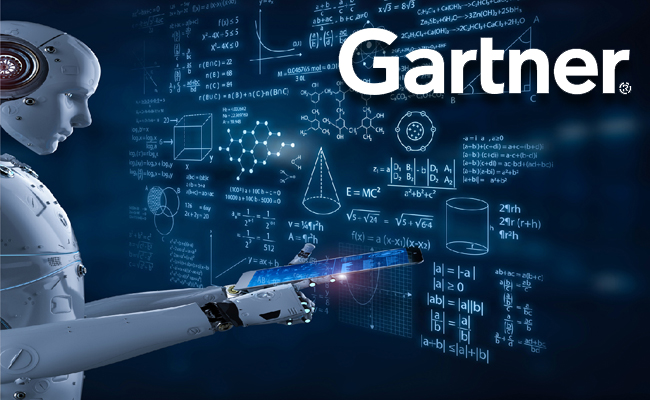
Generative artificial intelligence (AI), autonomic systems and privacy-enhancing computation are three technology trends gaining traction in banking and investment services in 2022, according to Gartner, Inc. These trends will continue to grow over the next two to three years, contributing to growth and transformation of financial services organizations.
“While growth is the top priority, the need to manage risk, optimize costs and increase efficiency also requires new technology innovations,” said Moutusi Sau, VP Analyst at Gartner. “Generative AI enables bank CIOs to offer technology solutions to the business in pursuit of revenue growth, while autonomic systems and privacy-enhancing computation are long-term solutions that provide new options for business transformation in financial services.”
IT spending by banking and investment services firms is forecast to grow 6.1% in 2022 to $623 billion worldwide. The largest category of spending is IT services, which includes consulting and managed services and accounts for 42% of total IT spending in the sector at $264 billion. The fastest growing category is software, with spending forecast to increase by 11.5% to $149 billion.
The three emerging technologies identified by Gartner collectively contribute to goals to run, grow and transform a business and have demonstrated use cases in the banking and investment industry.
Trend 1: Generative AI
Gartner predicts that 20% of all test data for consumer-facing use cases will be synthetically generated by 2025. Generative AI learns a digital representation of artifacts from data and generates innovative new creations that are similar to the original but does not repeat it.
In banking and investment services, application of generative adversarial networks (GANs) and natural language generation (NLG) can be found in most scenarios for fraud detection, trading prediction, synthetic data generation and risk factor modelling. It has potential because of the ability to take personalization to new heights.
Trend 2: Autonomic Systems
Autonomic systems are self-managed physical or software systems that learn from their environments and dynamically modify their own algorithms in real-time to optimize their behavior in complex ecosystems. They create an agile set of technology capabilities that support new requirements and situations, optimize performance and defend against attacks without human intervention.
Currently, autonomic systems are mostly software-based in the banking context. However, humanoid robots are emerging in smart branches that are examples of hardware-based autonomous systems that cater to clients and customers. They could be applied in autonomous debt management, personal finance assistants and automated lending. Roboadvisors are essentially low-level autonomic systems, although there are still trust concerns due to their high level of automation.
Gartner predicts that by 2024, 20% of organizations that sell autonomic systems or devices will require customers to waive indemnity provisions related to their products’ learned behavior.
Trend 3: Privacy-Enhancing Computation
Privacy-enhancing computation (PEC) secures the processing of personal data in untrusted environments — which is increasingly critical due to evolving privacy and data protection laws, as well as growing consumer concerns. It uses a variety of privacy-protection techniques to allow value to be extracted from data while still meeting compliance requirements.
Gartner predicts that 60% of large organizations will use one or more privacy-enhancing computation techniques in analytics, business intelligence or cloud computing by 2025.
Within financial services, data has an inherent role in any analytics, computing and data monetization efforts. The adoption of PEC is on the rise in use cases like fraud analysis, intelligence operations, data sharing and anti-money-laundering.


Nazara and ONDC set to transform in-game monetization with ‘
Nazara Technologies has teamed up with the Open Network for Digital Comme...

Jio Platforms and NICSI to offer cloud services to government
In a collaborative initiative, the National Informatics Centre Services In...

BSNL awards ₹5,000 Cr Project to RVNL-Led Consortium
A syndicate led by Rail Vikas Nigam Limited (abbreviated as RVNL), along wi...

Pinterest tracks users without consent, alleges complaint
A recent complaint alleges that Pinterest, the popular image-sharing platf...

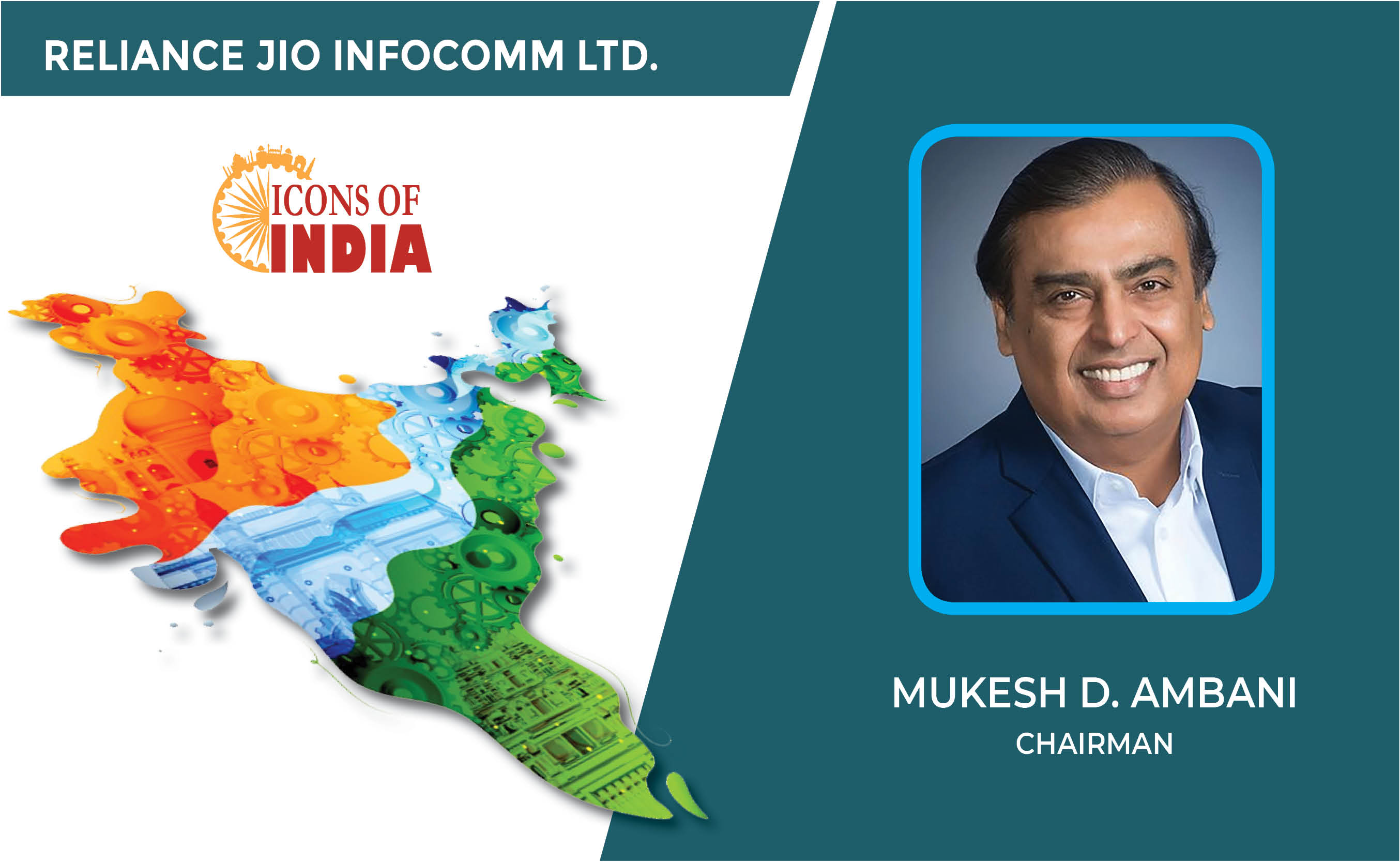
Icons Of India : MUKESH D. AMBANI
Mukesh Dhirubhai Ambani is an Indian businessman and the chairman and ...
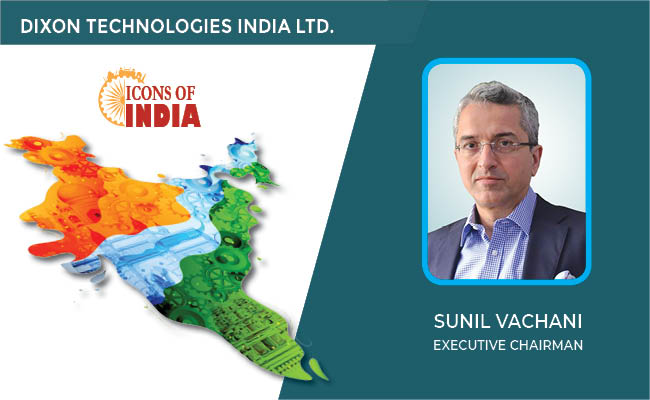
ICONS OF INDIA : SUNIL VACHANI
Sunil Vachani is the Chairman of Dixon Technologies (India) Ltd. Under...
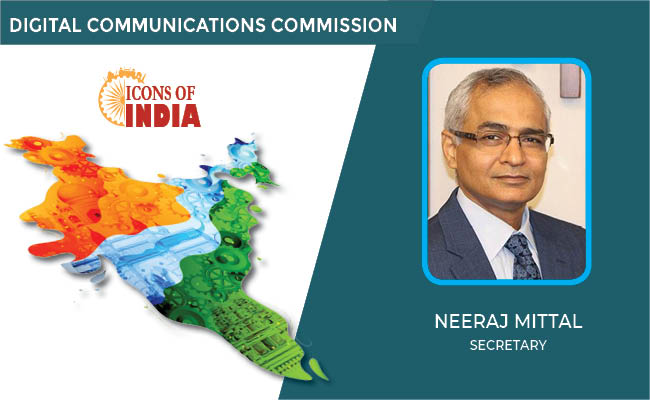
Icons Of India : NEERAJ MITTAL
He started his career as an IAS Officer in 1992. He has held various a...

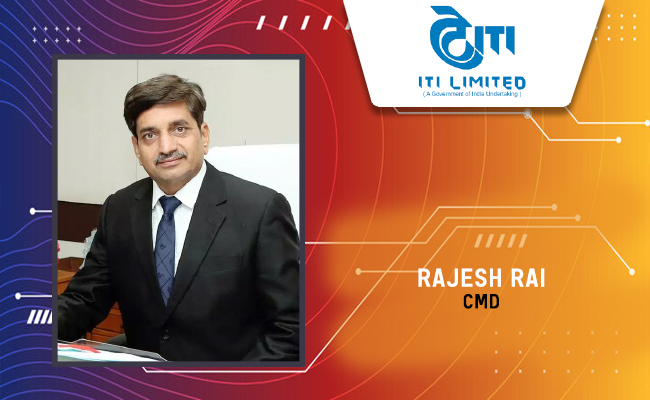
ITI - ITI Limited
ITI Limited is a leading provider of telecommunications equipment, sol...
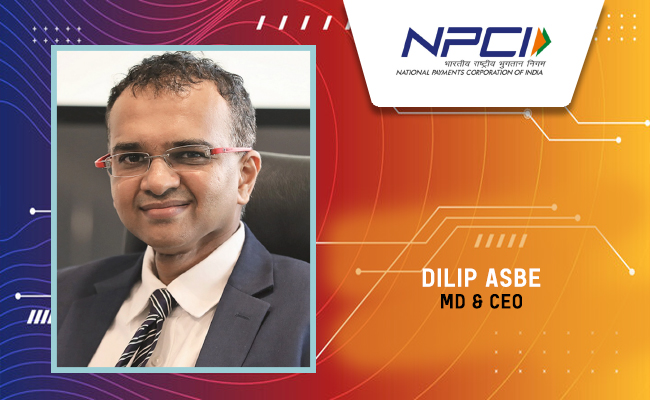
NPCI - National Payments Corporation of India
NPCI is an umbrella organization for operating retail payments and set...
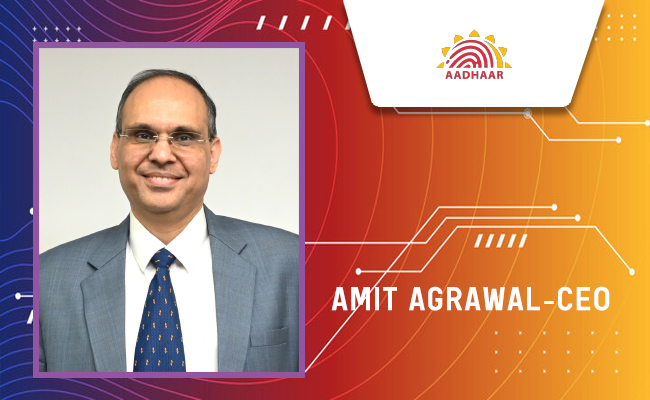
UIDAI - Unique Identification Authority of India
UIDAI and the Aadhaar system represent a significant milestone in Indi...

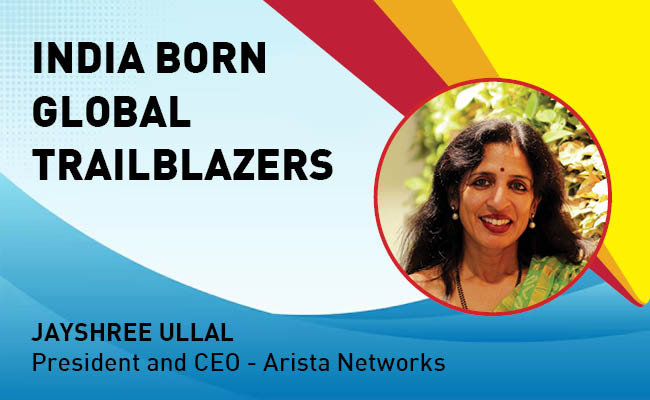
Indian Tech Talent Excelling The Tech World - JAYASHREE ULLAL, President and CEO - Arista Network
Jayshree V. Ullal is a British-American billionaire businesswoman, ser...

Indian Tech Talent Excelling The Tech World - Dheeraj Pandey, CEO, DevRev
Dheeraj Pandey, Co-founder and CEO at DevRev , has a remarkable journe...
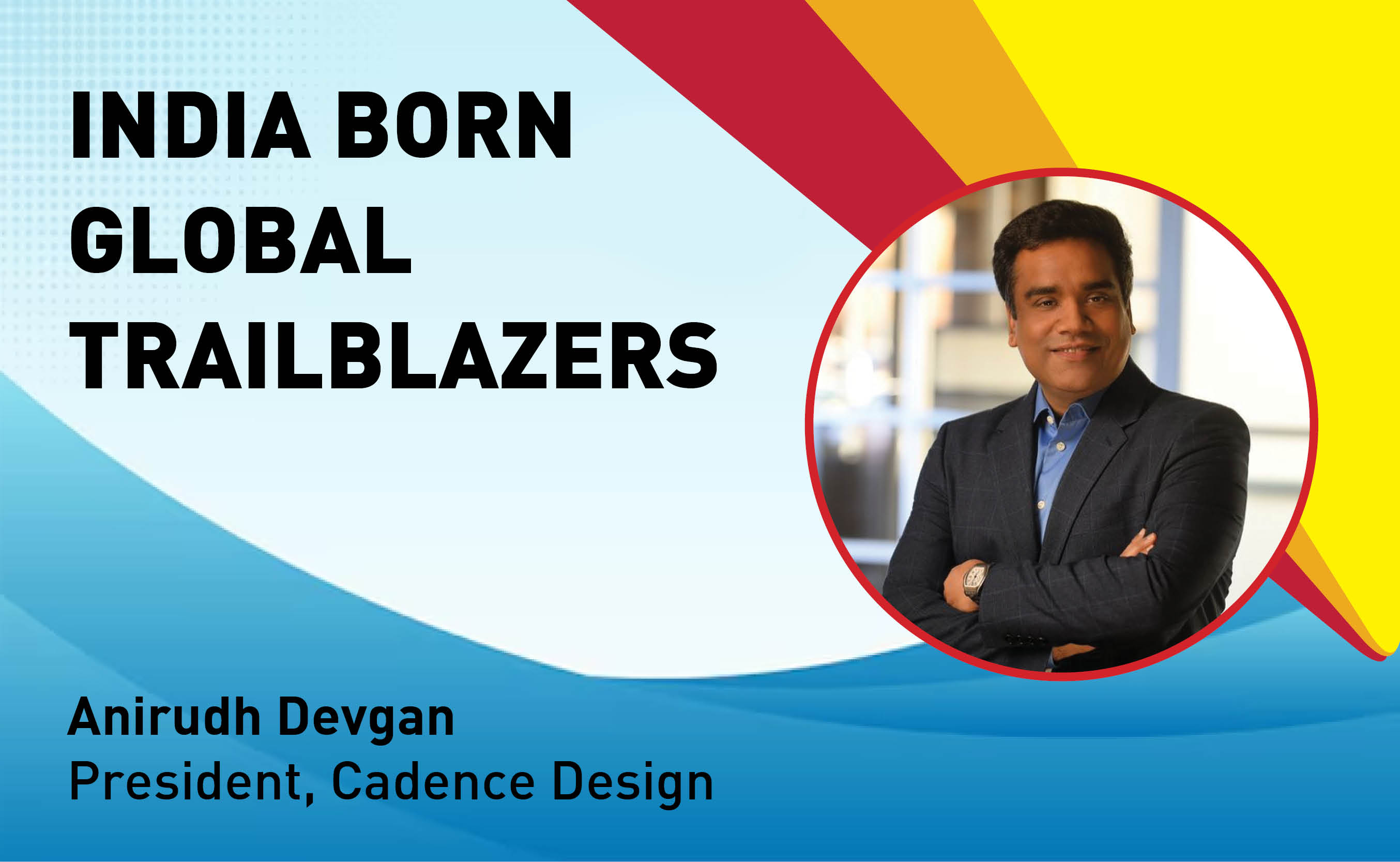
Indian Tech Talent Excelling The Tech World - Anirudh Devgan , President, Cadence Design
Anirudh Devgan, the Global President and CEO of Cadence Design Systems...